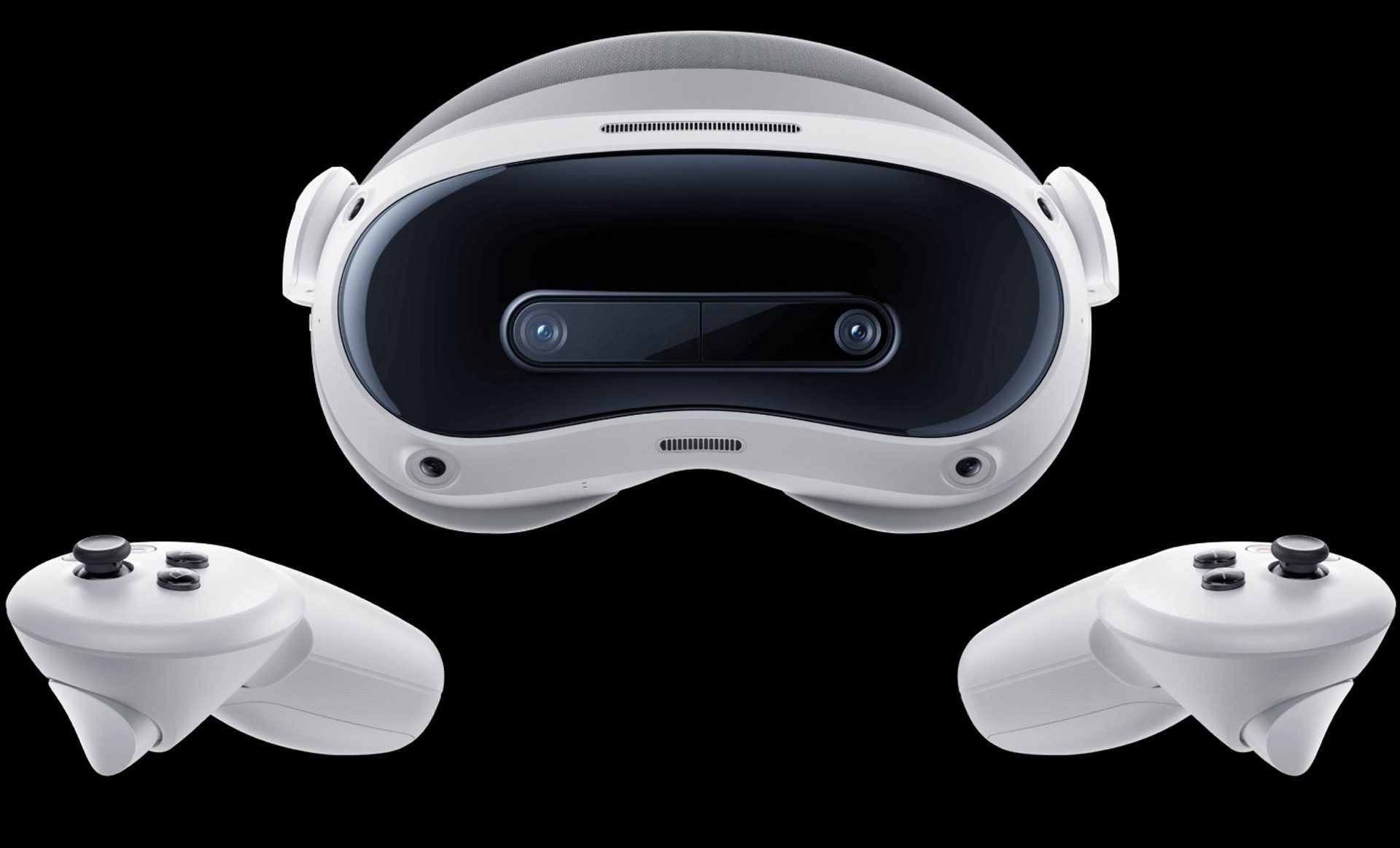Pico has unveiled its next XR headset, the Pico 4 Ultra, which is slated to launch in China next month starting at around $600.
It was reported early this year that Pico was preparing some sort of XR headset based on the Pico 4 platform following a supposed leak.
Now Byte Dance’s XR subsidiary Pico Interactive has finally announced Pico 4 Ultra, the promised ‘next-gen’ platform refresh of its Pico 4 headset, replete with color passthrough cameras and depth sensors for mixed and virtual reality, and a second gen version of Qualcomm’s Snapdragon XR2 chip—notably the same chipset used in Meta Quest 3.

Here’s a quick look at Pico 4 Ultra’s specs:
- Processor: Snapdragon XR2 Gen 2
- RAM & Storage: 12 GB RAM + 256 GB Storage – LPDDR5 + UFS 3.1
- Wireless Connectivity: Supports Wi-Fi 7 (802.11 a/b/g/n/ac/ax/be), Bluetooth 5.3
- Mixed Reality Sensor: 32 MP color passthrough camera ×2, iToF depth-sensing camera ×1, Environment tracking camera ×4
- Display: 2.56-inch screens at 2,160 × 2,160 pixels (× 2), 1200 PPI (pixels per inch)
- Rendering resolution: 1920 × 1920 (× 2)
- Refresh rate: 90 Hz
- Optics: Pancake lenses at 105° FOV, 20.6 PPD (pixels per degree)
- IPD Adjustment: 58 mm–72 mm
- Audio: dual stereo speakers, 4 microphones and supports spatial audio recording
- Battery: 5,700 mAh rated capacity, 5774 mAh typical capacity
- Charging: supports QC 4.0 / PD 3.0, 45W fast charger
Pico 4 Ultra is now available for pre-order in China, priced at 4,300 RMB (~$600 USD), with shipping slated to begin September 2nd.
It’s uncertain whether Pico will bring Pico 4 Ultra to additional countries, however it has been certified in South Korea, UploadVR notes. Pico currently sells its original 2022-era Pico 4 in many countries in East Asia as well as Europe, however not in the United States.
We’ll be keeping an eye on Pico’s global site in the coming days for greater indication of launch regions.







